EC Lesson Plan For Kids #2- Markings of the Horse
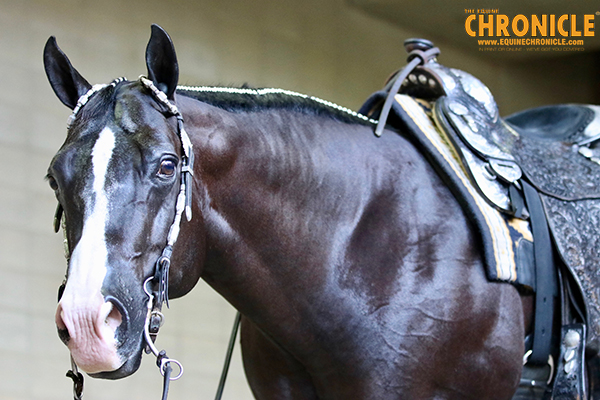
Can you describe my markings?
By: Brittany Bevis
Given the popularity of our first installment of The Equine Chronicle Lesson Plan for Kids, where we talked about the parts of the horse and the parts of the Western Saddle and Western Bridle, today we thought we’d release a second plan, just in time for the weekend!
Click here to view The Equine Chronicle Lesson Plan for Kids #1
Today’s lesson plan focuses on the markings that our more colorful equines sport. Do you know the difference between a snip, strip, or crescent? What about a blaze, bald, or bonnet?
Check out the list of terms and descriptions below, as well as accompanying graphics at the bottom of the page that can be used for teaching purposes. As an added bonus, these images come in black and white, so they also make the perfect impromptu coloring book! We have also included a few pictures of real-life horses for extra practice.
Get outside! Take this lesson plan and head out to the barn to see if kids can name the patterns they see on their own horses.
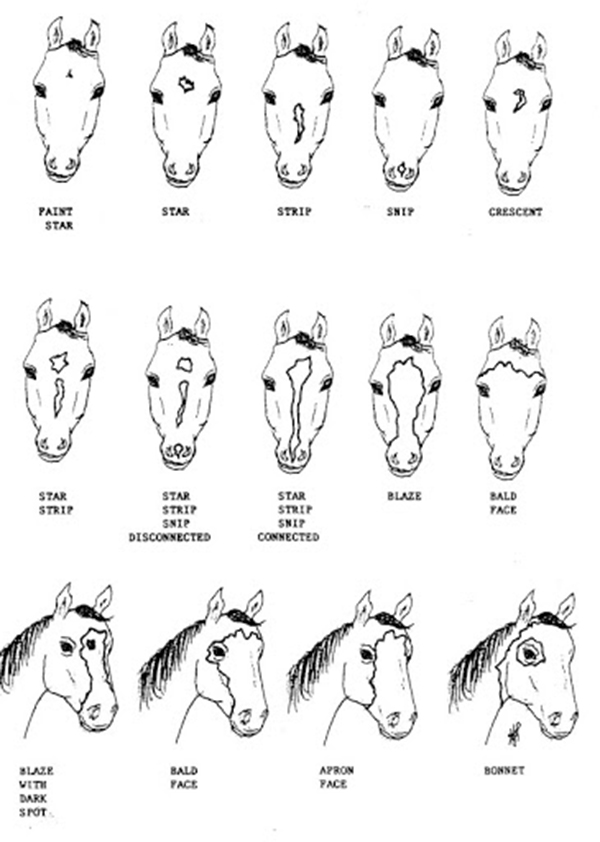 Face Markings
Face Markings
- Star- A white spot between the eyes that resembles a starburst shape. Some stars are irregular, while others are perfectly symmetrical.
- Strip- A strip is a thin line that runs down the length of a horse’s face and may be connected to a star or snip. It’s like a blaze, but much thinner.
- Snip- A small white marking on the horse’s nose. May be seen in conjunction with other markings like a star or strip.
- Crescent- This marking is like a star, but it’s shaped like a small moon.
- Star/Strip- Star and strip are visible, but not connected.
- Star/Strip/Snip-Disconnected- A star, strip, and snip are visible but not connected.
- Star/Strip/Snip Connected- A star, strip, and snip are visible and connected. This often takes on an irregular shape.
- Blaze- The most common pattern, it consists of a broad white stripe that runs the length of a horse’s face.
- Bald Face- When the white on a horse’s face extends to or past the inside of one or both eyes. It’s generally found in Paints and Pintos, and the horse may have one or two blue eyes.
- Apron Face- The term is often used interchangeably with a bald face. However, the white can stay inside the eye line. The white generally extends along the jaw and encompasses the muzzle.
- Bonnet- White that covers a horse’s face and may include the eyes. However, the eye may be surrounded by dark coloring as well. The poll and ears of the horse may remain colored, resembling a bonnet.
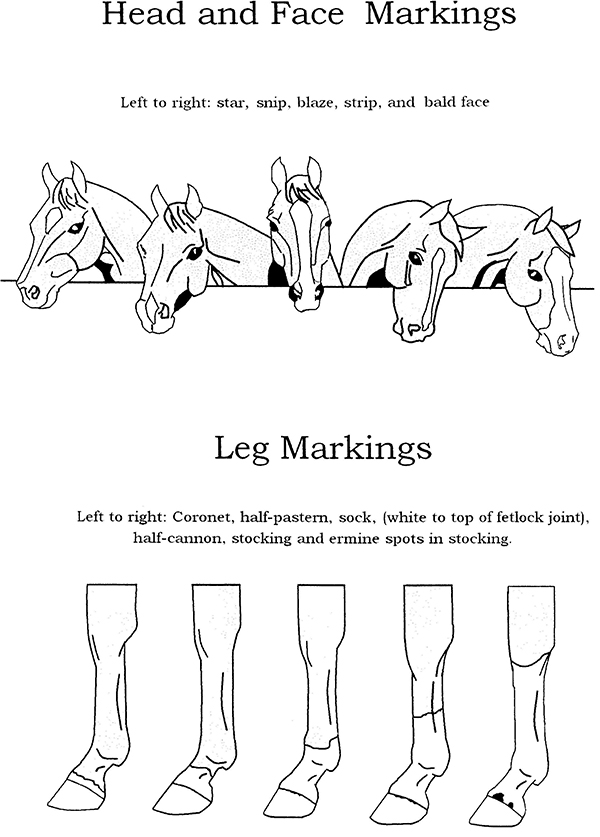 Leg Markings
Leg Markings
- Coronet- A white strip that runs along the coronet band at the top of a horse’s hoof.
- Half-Pastern- White that extends up a horse’s pastern.
- Sock- White that extends to the top of the fetlock joint.
- Half-Cannon- White that extends halfway up the cannon bone.
- Stocking- White leg, commonly extending from the knee down to the hoof.
- Ermine Spots in Stocking- The term ermine refers to any dark colored spot that is present within a white area of a horse.
Have fun with this lesson plan!
Also, you can give us suggestions about what our future lesson plans should include. Just email B.Bevis@EquineChronicle.com. Be sure to snap a photo or video of your kids completing the exercise and share with us!
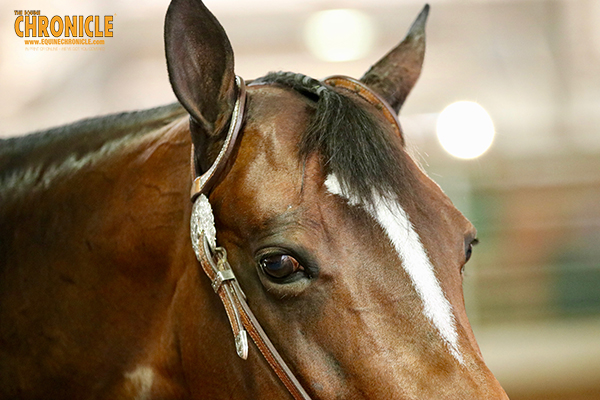
Can you guess my markings?
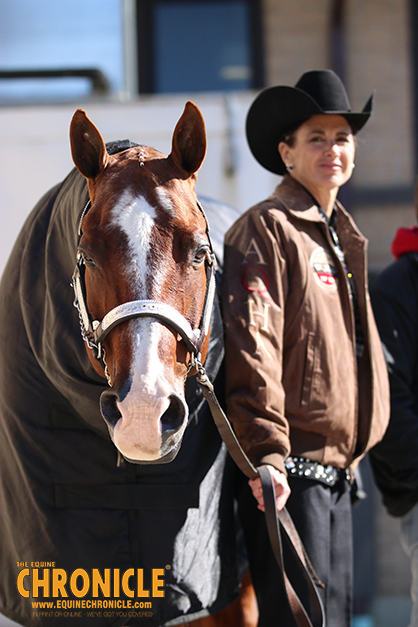
What about mine?










